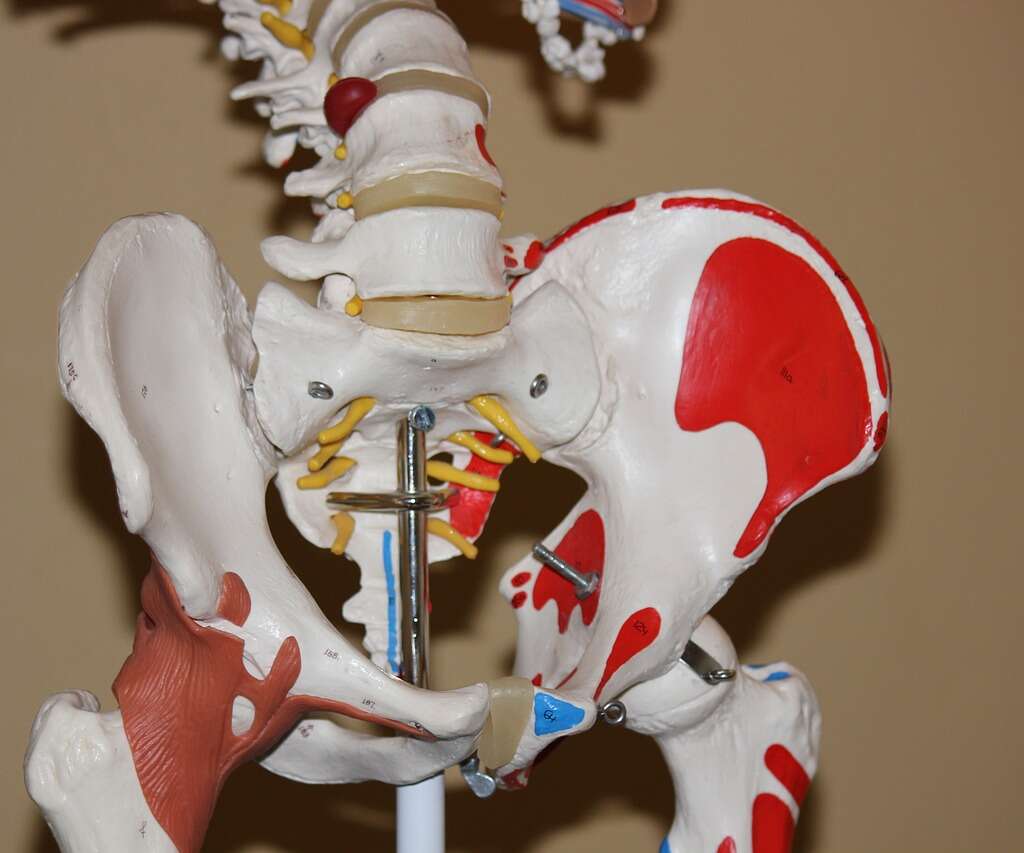Dr. Charles J. DePaolo, MD specializes in hip replacements in Asheville, NC. Our orthopedic surgeons Our physician’s assistants Sara and John will help you prepare for and properly recover from, your hip replacement surgery alongside our board-certified Asheville Physical Therapy Team, Laura who will provide the proper pre-op physical therapy program and post-op rehabilitation care needed to improve your quality of life in the best possible way.
Hip Replacement Surgery:
Hip replacement surgery is a procedure used when all other treatment options for hip pain haven’t provided adequate help. During this procedure, a surgeon removes a painful hip joint that has arthritis and replaces it with an artificial joint usually made from metal components. What happens during hip replacement surgery?
During hip replacement surgery you are given general anesthesia to ensure that you don’t feel any pain during the procedure. The surgeon will prepare the surface of the hipbone by removing any damaged cartilage and attaching the replacement socket part to the hipbone.
After Hip Replacement Surgery:
After your operation, you will most likely stay in the hospital for four to six days. Additionally, you may have to use a wedge-shaped cushion between your legs. This is to ensure that the hip joint stays in place. Usually, physical therapy begins the day after surgery, and within days you will be able to walk with a walker, cane or crutches. You will continue physical therapy for weeks after the procedure.
How Safe Is This Procedure?
Hip replacement surgery has been performed for many years, and surgical techniques are only continuing to improve. Our orthopedic surgeons and physicians assistants are equipped to handle any problems that may arise.
Direct Anterior Hip Replacement + Resurfacing

When a patient has arthritis of the hip, the underlying bone develops spurs and irregularities which can cause pain and loss of motion. A total hip replacement can relieve pain and restore normal function in patients whose hip joint has been damaged. During this surgery, the damaged hip socket and ball of the femur are replaced by human-made implants.
Benefits
There are several benefits of the Direct Anterior Approach in hip resurfacing including; avoidance of detaching major muscle groups from bone, a higher likelihood of maintaining the blood supply to the remaining femoral neck, less risk of discoloration as the dynamic hip stabilizer is entirely unaffected, and less possibility for patients to experience a limp since the abductor is not released from the greater trochanter.
Disadvantages
This approach is more tedious for the surgeon, and not all patients are candidates for it.
“MAKO” Robotic Hip Surgery

Mako can be used for hip surgery. This technology provides your surgeon with a specific 3D model to pre-plan your hip replacement. During operation, based on your patient-specific plan, the surgeon guides the robotic-arm. This technology helps the surgeon focus on the removal of diseased bone, and preserve the healthy tissue.
How It Works
1. Have A Plan Personalized For You
This process begins with a CT scan of your joint that is used to make a 3D virtual model of your anatomy. Then, this virtual model is loaded into the mako system software and is used to create your personalized pre-operative plan.
2. In The Operating Room
In the operating room, your surgeon will use mako to assist in performing your surgery based on your personalized preoperative plan. With the mako system, your surgeon can make changes to your program during operation as needed. When the surgeon prepares the bone for the implant, the mako system guides the surgeon within the predefined area and helps prevent the surgeon from moving outside the planned boundaries.
3. After Surgery
Your surgeon, nurses and physical therapists will help you set goals to get you back on the move. Additionally, they will closely monitor your condition and progress.


